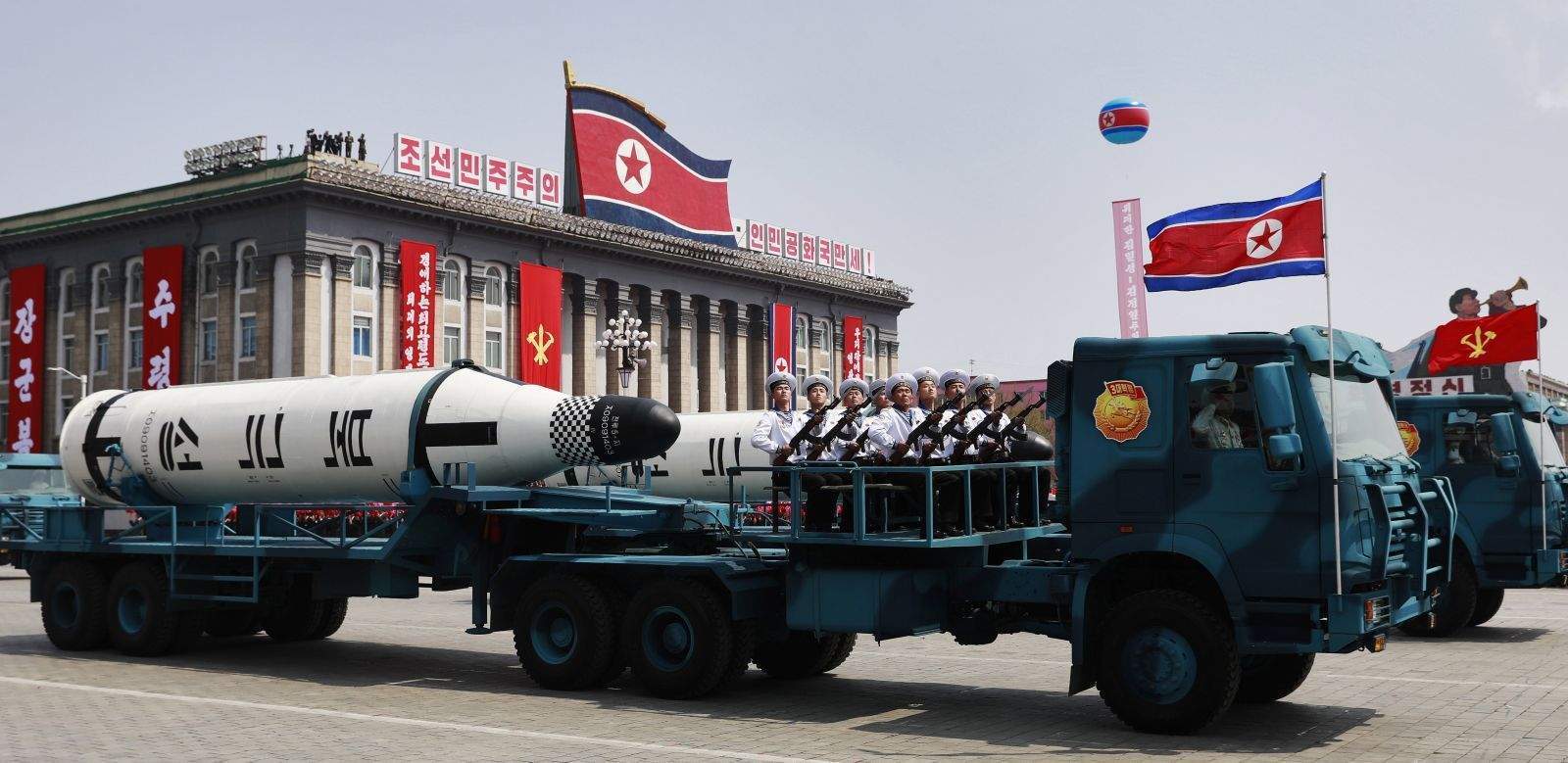
While North Korea has not suggested it intends to attack its immediate neighbours or their energy infrastructure it does have the capabilities to do so.
This, combined with all the key oil and gas facilities located within the current range of North Korea’s arms means it’s a possibility companies and countries should be prepared for.
Russia’s most important asset within the 1,000km range of North Korea is the Kozmino oil port.
Kozmino, together with the East Siberia Pacific Ocean trunk pipelines, fostered Russia’s strategic pivot to Asia and enabled the country to become a key supplier to the growing Asian-Pacific markets.
Without access to Kozmino, operators will be hard-pressed to find access routes to other markets.
Also for Russia, the main projects in Sakhalin Island and on the Okhotsk Sea shelf lie just outside the 1,600 km range.
How well do you really know your competitors?
Access the most comprehensive Company Profiles on the market, powered by GlobalData. Save hours of research. Gain competitive edge.

Thank you!
Your download email will arrive shortly
Not ready to buy yet? Download a free sample
We are confident about the unique quality of our Company Profiles. However, we want you to make the most beneficial decision for your business, so we offer a free sample that you can download by submitting the below form
By GlobalDataBoth projects might be interested in a gas pipeline connecting Sakhalin to Japan’s Hokkaido Island.
The pipeline, physically connecting the two countries for the first time, will be within a 1,600km range from North Korea, as is the current liquefaction plant processing gas from Sakhalin-2 fields and its expansion trains.
In South Korea, trade of liquefied natural gas and crude could be vulnerable.
Also, the global oil and gas industry could see some disruption if the shipbuilding yards in the country are impacted. Prolonged shutdown of the facilities could lead to tanker and upstream infrastructure shortages in the medium term.
Roughly half of Japan lies within 1,000km of North Korea with the entire country encompassed in the 1,600km range.
Similar to South Korea, oil storage and liquefied natural gas are most at risk.
China has the closest bilateral relations with North Korea, and also has the most within range.
The country has 232 producing fields within the 1,600km radius. The production centres of Bohai Bay and Daqing are well within 1,000km radius of North Korean borders.
Other notable infrastructure, including oil storage, liquefied natural gas regasification and refining, ring China’s largest cities Beijing, Shanghai and Hangzhou.
Beyond this, two producing fields in Mongolia, Tamsag-21 and Toson Uul, are within 1,600 km of North Korea.
More notably within striking distance are the announced Dornod-Sainshand oil pipeline and planned Sainshand refinery, together representing a $1bn investment.





